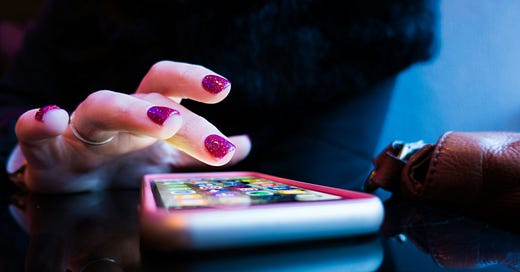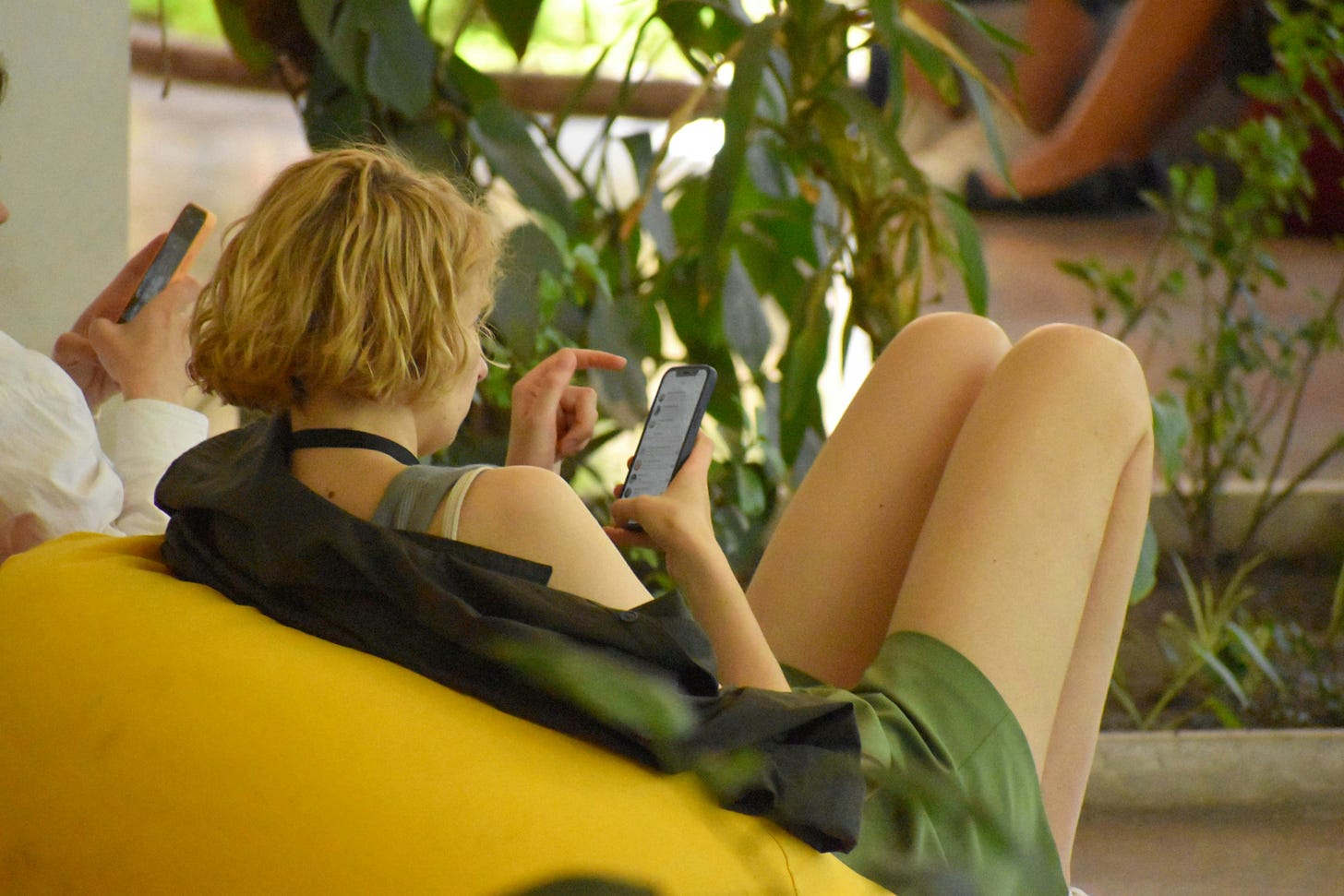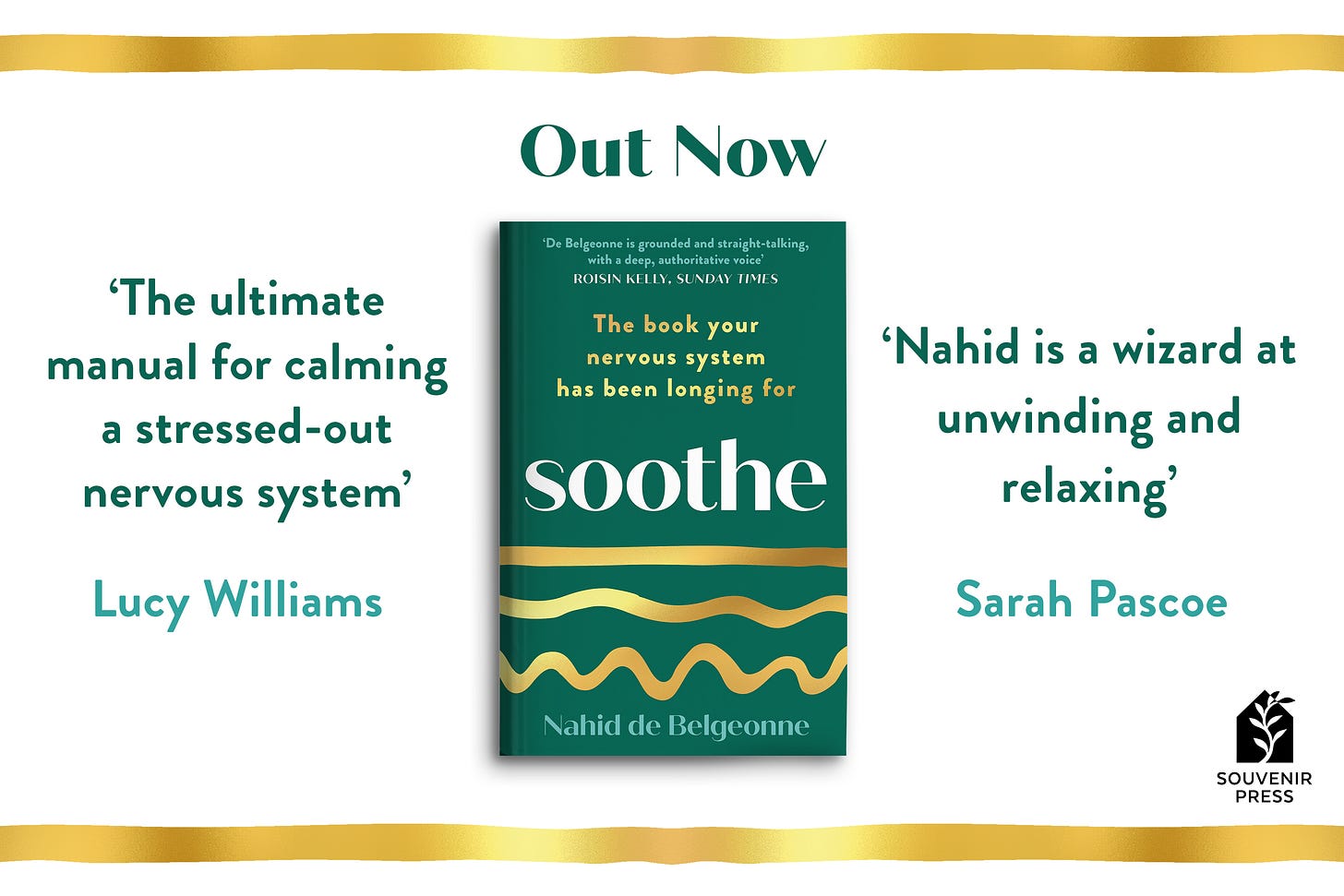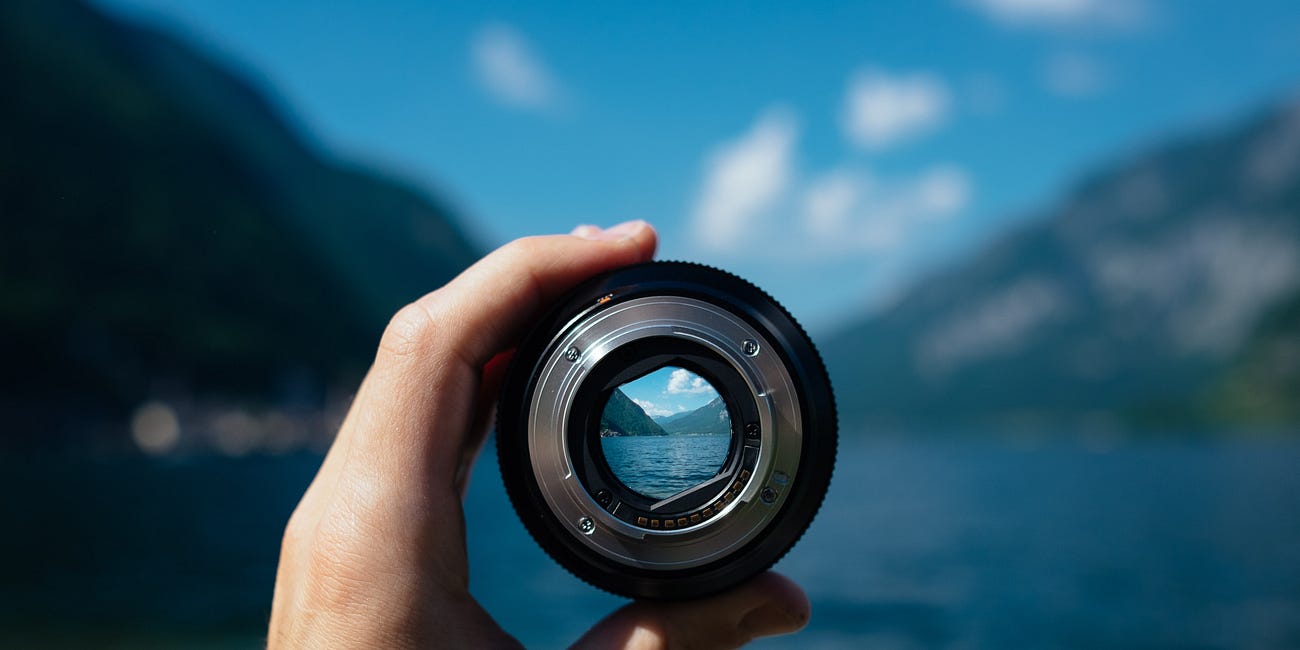I’m an Author and Somatic Movement Educator, I'm known to my clients as the "nervous system whisperer." I specialise in helping clients overcome burnout, anxiety, and trauma-related issues. For more information, click here. The next beta version of The Soothe Programme starts on the 8th of August, email for more details.
You text your partner to make dinner plans; before you know it, 40 minutes have whizzed by. What just happened? You got sucked into scrolling, from oohing over a pretty capsule holiday wardrobe to children being bombed to an angry politician saying something outrageous to garner more headlines. You have just gone through a range of emotions quickly without the context or the release. The average screen time in the UK is 6 hours a day, or 21 years of an average lifetime.
My screen time increased in the COVID years. My use has crept up again, it’s time for another look at how I can impose a few rules to checking in virtually, which often means checking out of reality.
What’s The Price of Your Attention?
Understanding the motivation behind social media companies' efforts to keep us engaged requires examining their business model. Companies like Facebook, they also own Instagram and WhatsApp, generate revenue by monetising our attention through advertisements. The longer we stay on these platforms, the more advertisements we are exposed to, thus boosting their profits.
Our interactions on these platforms produce a wealth of valuable data. This massive data collection spans both our online and offline behaviours, allowing for highly targeted advertising.
Methods of Engagement
Social media platforms use strategies similar to those employed by casinos - and shopping malls - where there is no daylight or clocks to distract you, you exist in a space without time and you keep searching for something rewarding.
Endless scrolling is another tactic, Social media feeds are designed to be infinite, removing any natural stopping points, to keep you engaged for longer.
The Role of Dopamine
These design features exploit our brain’s dopamine system. Dopamine, a neurotransmitter, is crucial for habit formation, released in response to rewarding experiences and reinforcing behaviours. Social media apps are engineered to trigger dopamine release, which keeps us chasing the reward.
Notifications and alerts heighten this effect, creating anticipation that also releases dopamine. Features like 'like' buttons leverage our desire for social validation and achievement, making these platforms even more compelling.
Our inherent social impulses and anxieties, such as the fear of missing out and the pressure to reciprocate in social interactions, are also exploited. Features like read receipts and typing indicators create a sense of urgency to stay engaged, while email notifications about unread messages and alerts keep us coming back.
While effective in capturing our attention, these tactics have adverse effects on our mental health. Excessive social media use is linked to sleep deprivation, anxiety, loneliness, and depression, particularly among teens. Social media aims to capture as much of our attention as possible, often at the expense of our well-being.
Using Social Media wisely
You can take steps to cultivate healthier relationships with your device. Decide which days you will be on social media and for how long. Go for walks without your phone or leave it in your bag. Don’t use downtime to scroll. Remind yourself that not everything needs to be documented.
In my book Soothe, the book your nervous system has been longing for, I describe the circuit of stress which starts with the stressor, the event that causes you the stress. After a stressful event, rather than sitting with it, it is better to move cortisol, the hormone associated with stress, out of your system. Last of all you should make time to recover and reset.
You can apply this to mindless scrolling, be clear on why you are going onto the platform. I use Instagram to create a post, and answer any messages. I stay on for a scheduled hour for marketing and checking in.
I also use it to gain information about world events by checking into trusted sources. I understand that this isn’t to be consumed as content. I prepare myself and then go in and visit the accounts which give me actions to follow. It could be donating, signing petitions or writing letters. I give myself an hour to take action a couple of times a week and then shut down Instagram. I will cry or move or go for a walk afterwards to shift the emotions out of my system.
The act of staring at your screen is a disembodied activity, so get embodied as soon as you are finished.
Summary of Actions
Remove all social media apps from your home screen so that you have to search for it.
Be clear about what you are on the platform for.
Use your phone at a desk.
Commit to an hour and then switch it off.
Close your eyes, breath more slowly and gently roll your eyes clockwise and then anti clockwise a few times.
After your social media session, get embodied. Go for a walk, get on the floor rock, roll and move.
Have days, weekends or, a month, where you don’t use social media.
Avoid taking your phone to the dining table or your bedroom.
Be fully present when you are with your family.
Treat your time with respect.
Paid subscribers, I’ll drop a somatic lesson that releases your head, neck and spine from too much scrolling.
Thank you for reading.
Stay human,
Nahid x
Related article:
Intermittent Resting
Soothe with Nahid de Belgeonne is a reader-supported publication. To receive new posts and support my work, consider becoming a free subscriber. Become a paid subscriber to unlock many more benefits, including short weekly filmed lessons and access to the archive.
Keep reading with a 7-day free trial
Subscribe to Soothe with Nahid de Belgeonne to keep reading this post and get 7 days of free access to the full post archives.








